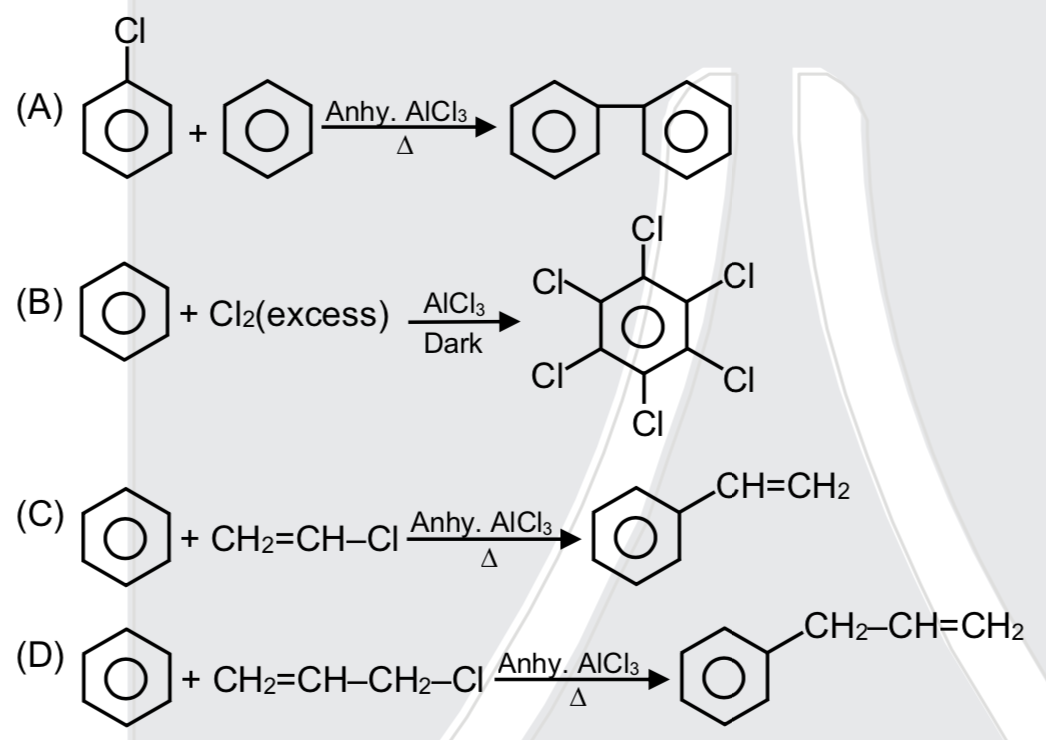In which of the following reactions, rearrangement is possible ?
A
E1
B
SN1
C
SN2'
D
E1cB
Video Solution
Text Solution
The correct Answer is:A, B, C
El and SN1 reactions proceed by carbocation intermediate formation, so rearrangement may occur. SN2' is due to allylic rearrangement.
|
Topper's Solved these Questions
- ORGANIC REACTION MECHANISMBOOK - CENGAGE CHEMISTRYCHAPTER - ORGANIC REACTION MECHANISMEXERCISE - Single correct
50 Videos
- ORGANIC REACTION MECHANISMBOOK - CENGAGE CHEMISTRYCHAPTER - ORGANIC REACTION MECHANISMEXERCISE - Assertion-Reasoning
12 Videos
- ORGANIC REACTION MECHANISMBOOK - CENGAGE CHEMISTRYCHAPTER - ORGANIC REACTION MECHANISMEXERCISE - Comprehension
36 Videos
- NCERT BASED EXERCISEBOOK - CENGAGE CHEMISTRYCHAPTER - NCERT BASED EXERCISEEXERCISE - Chemical Equilibrium
72 Videos
- P-BLOCK GROUP 13 - BORON FAMILYBOOK - CENGAGE CHEMISTRYCHAPTER - P-BLOCK GROUP 13 - BORON FAMILYEXERCISE - Exercise Archives (Subjecive)
9 Videos
Similar Questions
Knowledge Check
Which of the following reaction involves rearrangement process?
A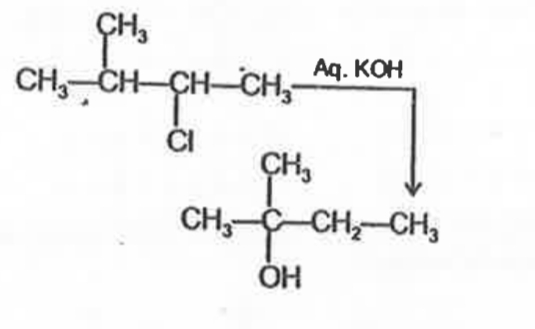 B
B C
C D
D
Which of the following reaction involve rearrangement?
A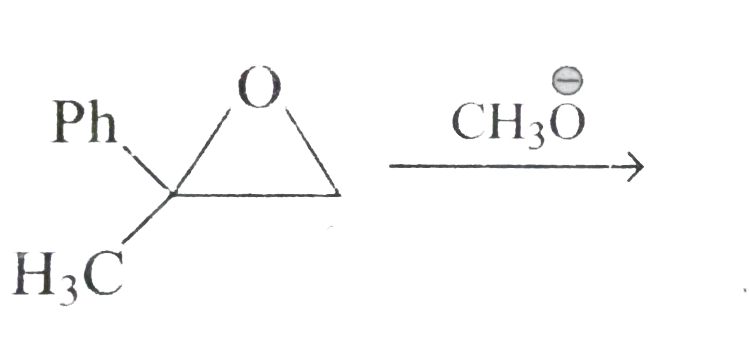 B
B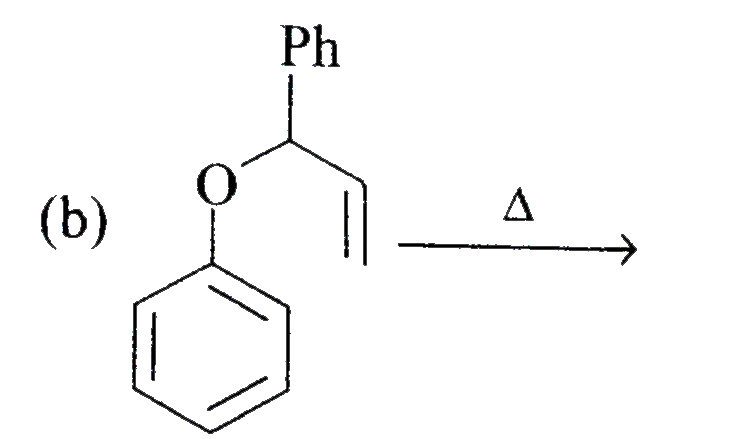 C
C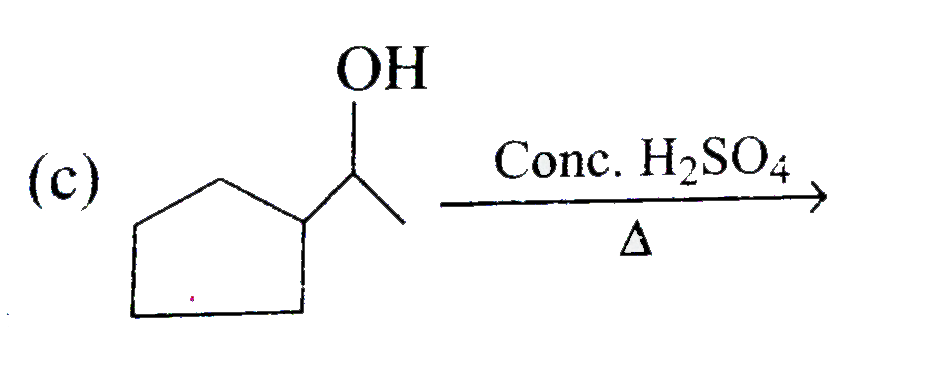 D
D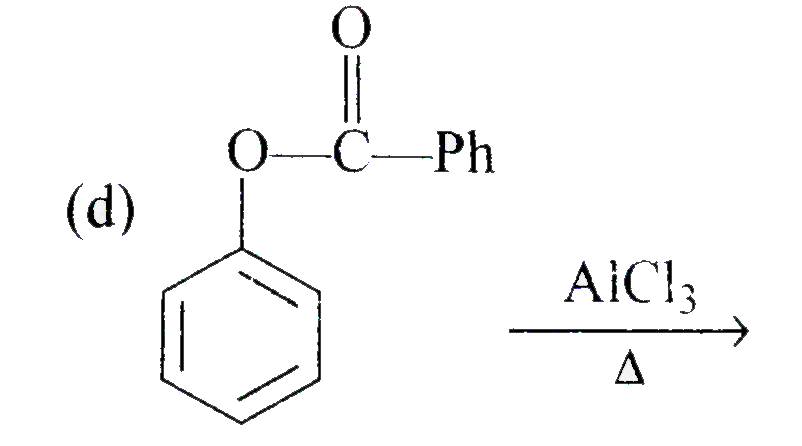
Rearrangement is not possible in :-
A BCH3−C∣OCH3H−⊕CH−CH3C
BCH3−C∣OCH3H−⊕CH−CH3C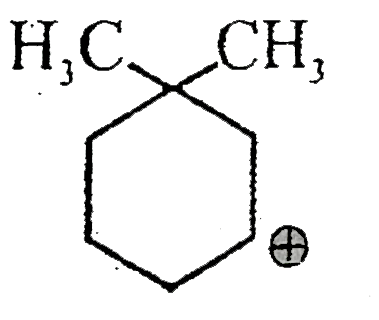 DCH3−C∣CH3H−⊕CH−CH3
DCH3−C∣CH3H−⊕CH−CH3
Vladimir Markovnikov rule:
Alkenes undergo electrophilic addition reactions. It is triggered by the acid acting as a electrophile toward π-electrons of the double bond.
Markovnikov's rule states that when an unsymmetrically substituted alkene reacts with a hydrogen halide, the hydrogen atom adds to the carbon that has the greater number of hydrogen, e.g.,
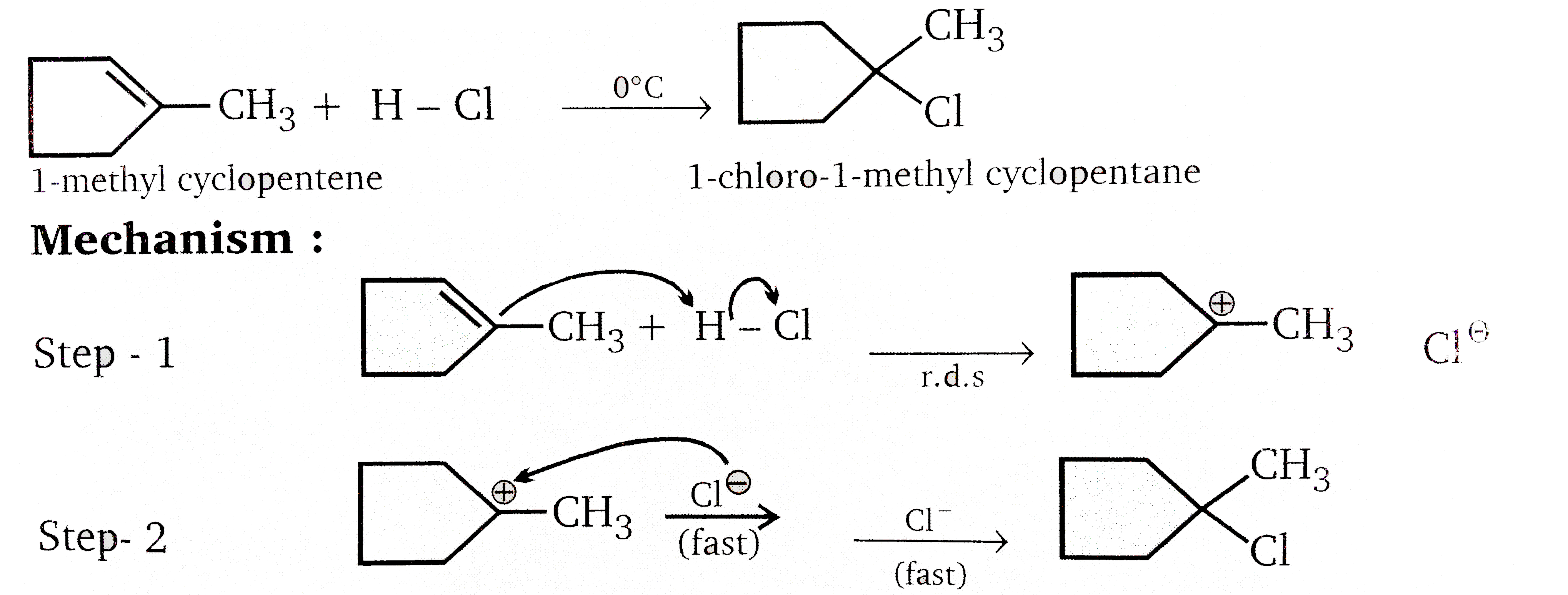
In which of following reactions, carbocation rearrangement is possible?
View SolutionIn which of the following reacations is there a possibility of rearrangement?
View SolutionWhich of the following will rearrange?

View SolutionWhich of the following halogen-exchanged reaction is possible ?
View SolutionWhich of the following reaction is not possible
View Solution

